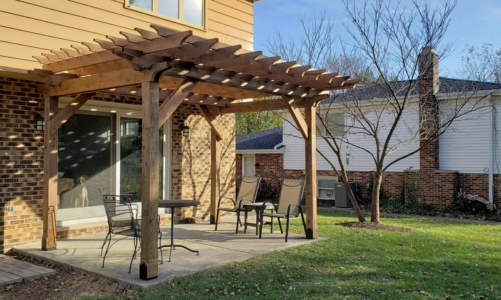Sound insulation is an essential aspect of creating a peaceful and comfortable living or working environment. Whether you want to keep noise in or out, there are several things you can do to achieve the desired level of sound insulation.
One of the simplest ways to improve sound insulation is to use sound-absorbing materials. These materials are designed to absorb sound waves and prevent them from bouncing back into the room. Some common sound-absorbing materials include acoustic foam, fiberglass insulation, and mass-loaded vinyl. These materials are available in a variety of forms, including sheets, panels, and tiles, making them easy to install in any space.
Another way to improve sound insulation is to create an air gap between the surface of the wall or ceiling and the sound-absorbing material. This air gap helps to trap sound waves and prevent them from passing through the wall or ceiling. One way to create an air gap is to install furring strips or resilient channels on the wall or ceiling before attaching the sound-absorbing material.
In addition to sound-absorbing materials, you can also improve sound insulation by sealing any gaps or cracks in the walls or ceiling. These gaps and cracks can allow sound to pass through even if you have installed sound-absorbing materials. To seal gaps and cracks, use acoustic sealant or caulk to fill any openings around windows, doors, electrical outlets, and other penetrations. You can also use weatherstripping to seal gaps around doors and windows.
If you are trying to keep sound out of a room, you may also want to consider installing a soundproof door. Soundproof doors are designed to prevent sound from passing through the door and into the room. These doors are typically made of heavy materials, such as steel or solid wood, and are filled with sound-absorbing materials to further improve sound insulation.
Another way to keep sound out of a room is to install double-glazed windows. Double-glazed windows consist of two panes of glass separated by a layer of air or gas. This layer of air or gas helps to reduce the transmission of sound through the window. Additionally, you can install window seals or weatherstripping around the edges of the window to further improve sound insulation.
If you are trying to keep sound in a room, you may want to consider installing soundproof curtains or blinds. These curtains and blinds are designed to absorb sound waves and prevent them from passing through the window. Some soundproof curtains and blinds are also designed to block out light, making them a great option for bedrooms or other spaces where you want to create a dark and quiet environment.
In addition to these methods, there are also some things you can do to reduce the amount of noise you create in the first place. For example, you can use rugs or carpets to absorb sound in a room, or you can use sound-absorbing panels on the walls to reduce the amount of sound that bounces around the room. You can also use noise-reducing headphones or earplugs to reduce the amount of sound you hear.
Overall, there are many different ways to improve sound insulation in your home or office. Whether you are trying to keep sound in or out, there are several simple and effective methods you can use to achieve the desired level of sound insulation. By using sound-absorbing materials, creating an air gap, sealing gaps and cracks, and using soundproof doors and windows, you can create a peaceful and comfortable living or working environment that is free from unwanted noise.




